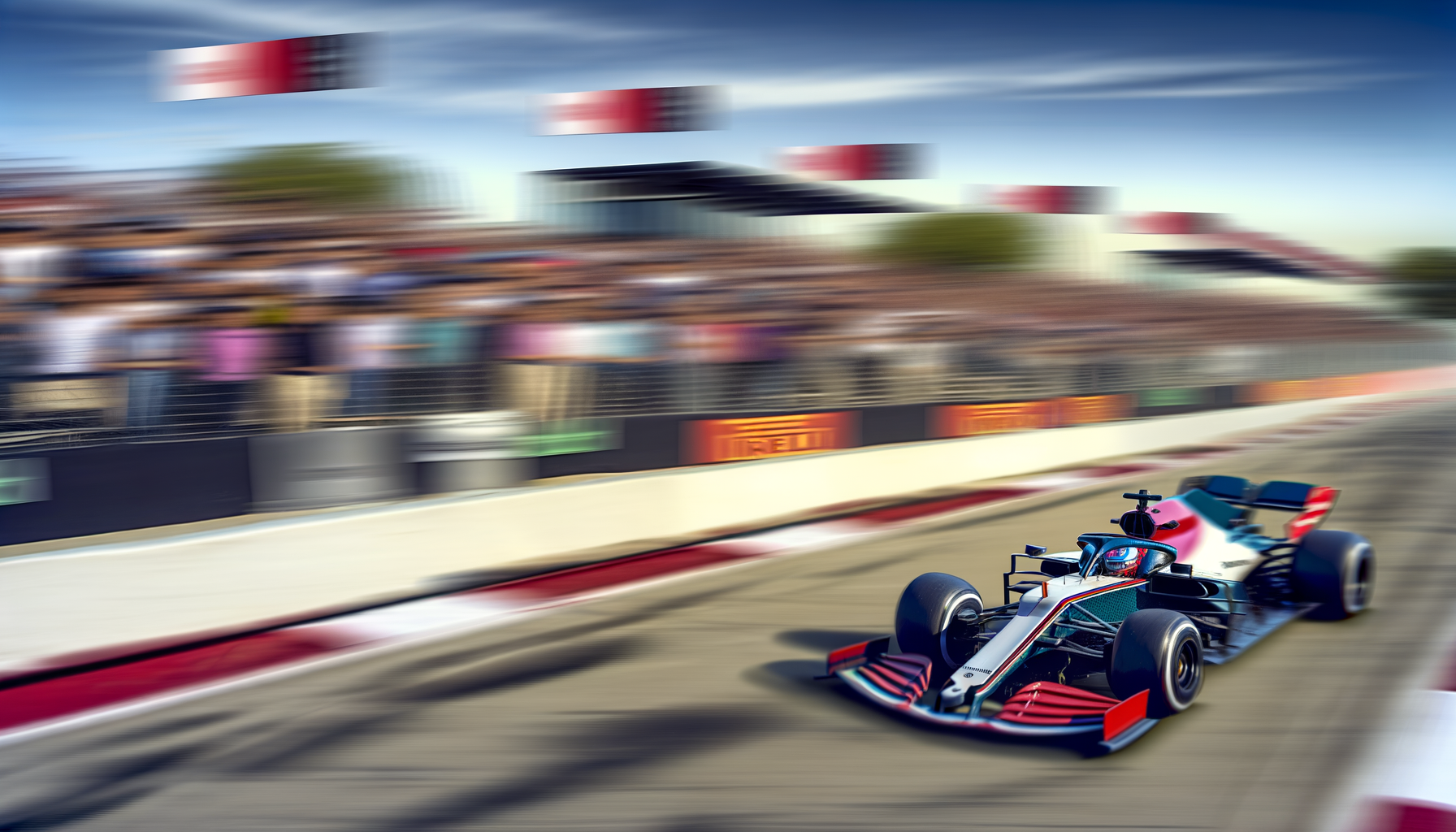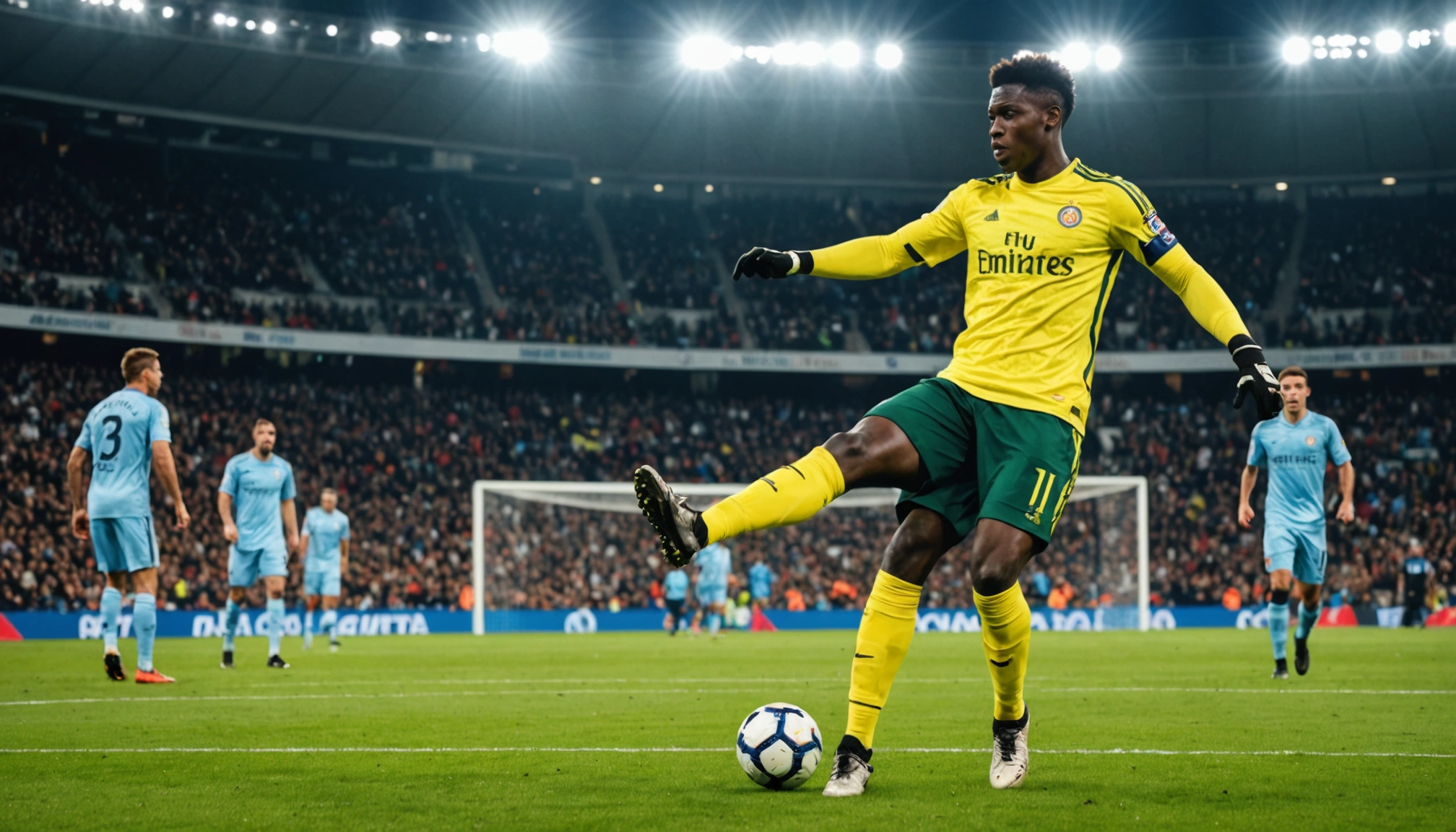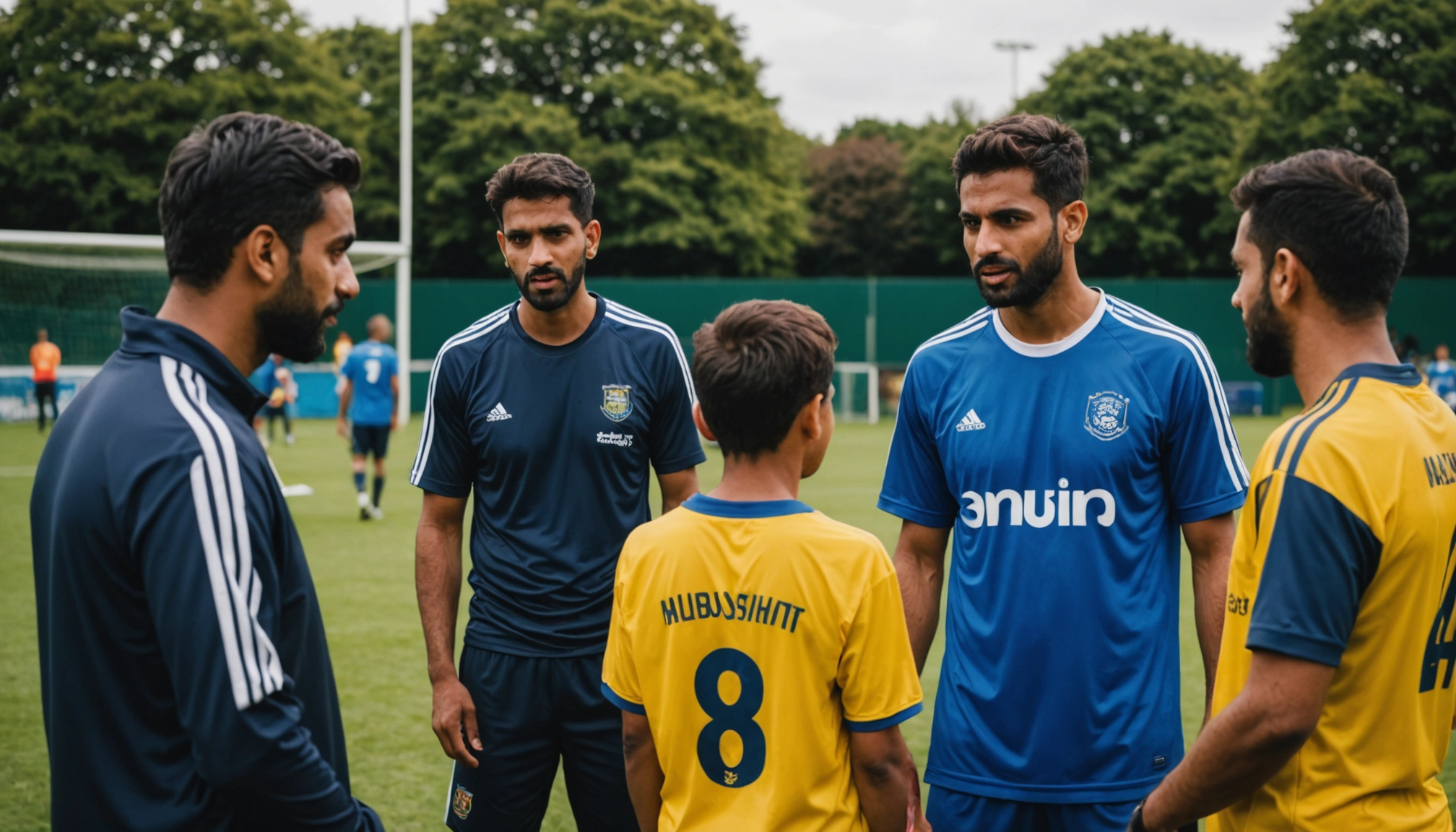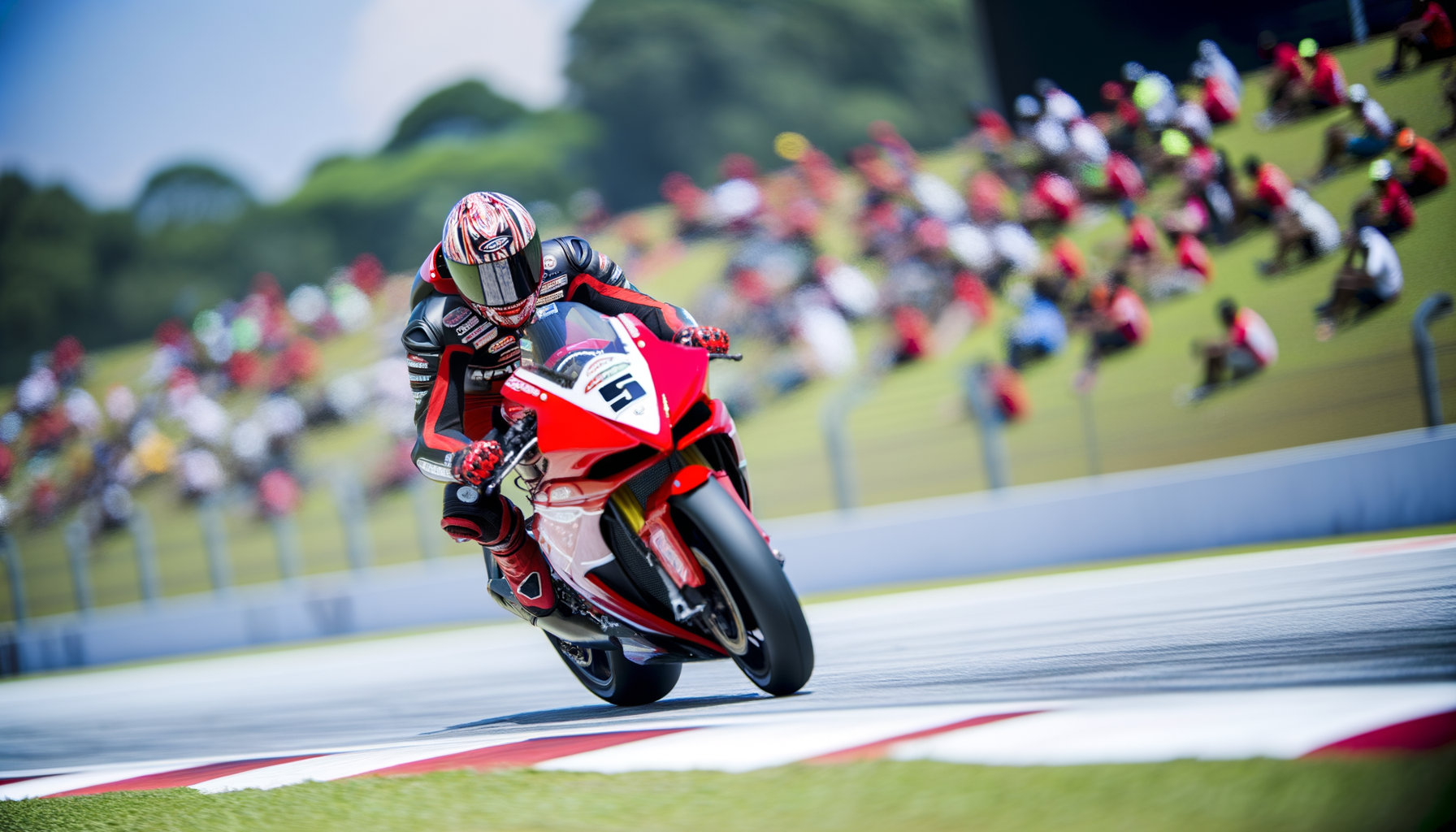Luke Browning Makes Impressive FP1 Debut At Mexico GP
Williams F1 junior Luke Browning took part in FP1 at the Mexico GP, showcasing his talent and potential. Discover his journey and impact in Formula 1.

By Editorial
Introduction To Luke Browning's FP1 Outing At Mexico GP
Williams Racing's promising junior driver Luke Browning recently made a notable appearance in the first practice session (FP1) at the Mexican Grand Prix. This opportunity marks a significant milestone in Browning's burgeoning motorsport career, offering him invaluable experience on a Formula 1 weekend stage. This article explores Browning's journey, performance during FP1, and what his inclusion means for Williams and the wider F1 community.
Who Is Luke Browning? A Rising Star In Motorsport
Luke Browning has been steadily climbing the motorsport ladder, recognised for his skill and consistency in junior formula categories. Before joining the Williams F1 driver academy, Browning captured attention with his performances in the GB3 Championship, where he displayed impressive racecraft and tactical nous. His progress through these ranks earned him a coveted spot in the Williams junior programme, designed to nurture the next generation of Formula 1 talent.
His FP1 outing in Mexico underlines Williams’ commitment to fostering young talent, providing them with real-world F1 experience. Browning’s debut in such a competitive environment not only tests his speed but also his adaptability to the complexities of F1 cars and circuits.
Performance Highlights From The Mexico GP FP1 Session
During the FP1 session, Luke Browning demonstrated composure and pace, completing multiple laps to gather essential data for the Williams team. Although FP1 times are often secondary to race performance, Browning's lap times were competitive relative to other rookies and junior drivers given similar track time. Notably, his feedback on car handling and setup will prove valuable for the race engineers as they optimise the FW45 for qualifying and race conditions.
His ability to manage tyre degradation and maintain consistent lap times under the high-altitude conditions of the Autódromo Hermanos Rodríguez circuit showcased his technical understanding and physical fitness—key attributes for any Formula 1 driver.
The Importance Of FP1 Sessions For Junior Drivers
FP1 sessions are crucial for junior drivers like Browning as they serve multiple purposes beyond outright speed. These sessions provide hands-on experience with the latest F1 machinery, allow drivers to understand team operations during a race weekend, and offer a platform to impress team principals and sponsors.
For Williams, handing Browning this opportunity reflects a strategic investment in their future. The team has a history of developing young drivers, and this outing offers Browning a taste of the pressures and demands at the pinnacle of motorsport.
How Browning's FP1 Experience Benefits Williams
Williams gains fresh insights through Browning’s feedback, potentially identifying setup tweaks or performance improvements. Additionally, integrating junior drivers into race weekends strengthens team cohesion and prepares replacements or future race drivers. This approach aligns with the broader F1 trend of grooming talent internally rather than relying solely on external driver markets.
Comparisons With Other Williams Junior Drivers
Luke Browning's FP1 debut can be compared with previous Williams juniors such as Logan Sargeant and Jack Aitken, who also utilised FP1 sessions to bridge the gap between junior categories and full-time F1 racing. These drivers showed that consistent FP1 performances often correlate with successful transitions to race seats. Williams’ junior programme continues to be a reliable pipeline for emerging talents, as evidenced by Browning’s promising debut.
What’s Next For Luke Browning And Williams F1?
Looking ahead, Browning is expected to continue participating in key testing sessions and simulator work to refine his skills further. His FP1 outing at the Mexico GP could open doors for more practice sessions and potentially reserve driver roles in upcoming Grands Prix.
For Williams, nurturing Browning is part of a long-term strategy to balance competitiveness with sustainability. This approach includes investing in young Britons, much like the cultivation seen in other British sports. For instance, fans interested in rising British sports talents can also explore inspiring stories such as Molly McCann's bold move in boxing ambitions, which highlights the UK's diverse sporting talent pool.
Conclusion: A Bright Future For A Williams Junior
Luke Browning’s FP1 outing at the Mexico GP represents more than just track time—it is a testament to his hard work and Williams' dedication to developing future Formula 1 stars. His performance has laid a solid foundation for further opportunities, with the potential to become a regular name on the F1 grid.
As Browning builds on this experience, motorsport fans should keep an eye on his progress. His journey illustrates the exciting future of British racing talent, complementing the broader sporting landscape covered by platforms like SportsScoop. For those keen on understanding the wider context of British sports development, the comprehensive guide to England cricket teams and domestic leagues offers enlightening insights into other sporting arenas.
Related topics
Editorial
Sports expert at SportsScoop
Specialist in sports analysis and journalism
Related articles
Want to read more?
Explore our comprehensive collection of sports articles and analysis, or contact us for more information.



